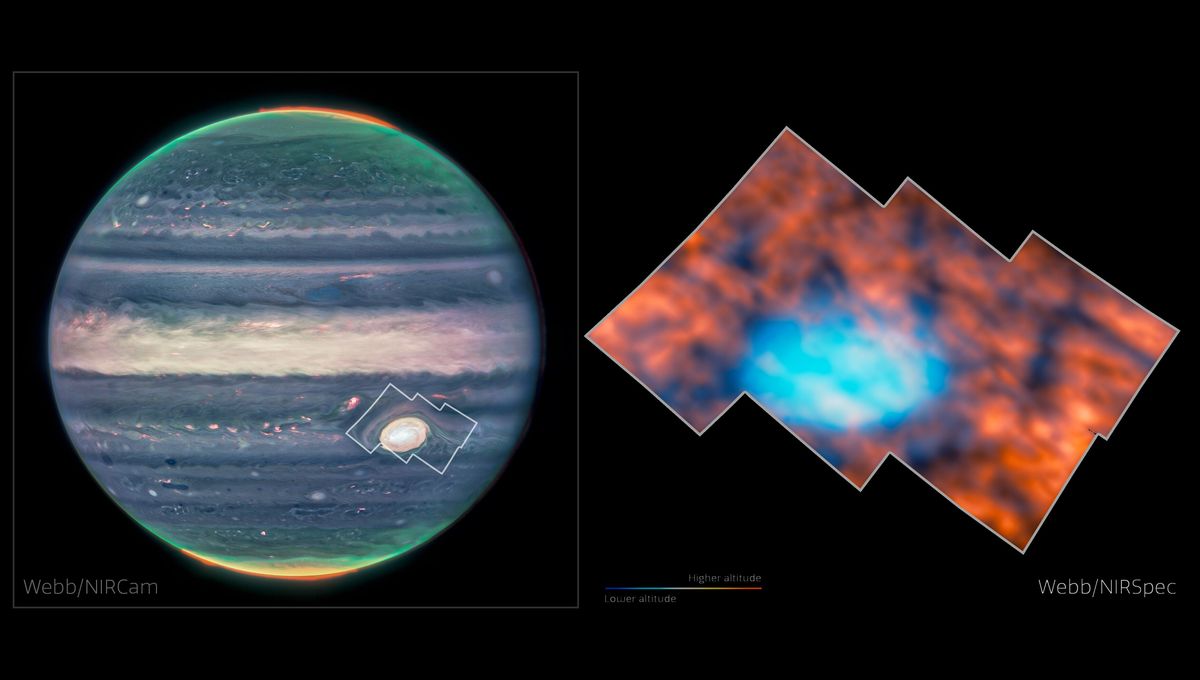
The atmosphere of Jupiter is a fascinating, ever-changing environment. Bands of different colors, storms, enormous clouds, and more are seen across the planet. Its upper atmosphere, though, has always been considered uneventful. Sure it is where the polar aurorae happen, but beyond that, it was believed that it had nothing weird going on. Now, a group of astronomers have turned that belief on its head.
The upper atmosphere is difficult to study. At the poles, particles from the volcanic moon Io follow the magnetic field lines to create aurorae in multiple wavelengths. Around the rest of the planet, the energy that shapes it is sunlight. And Jupiter only receives about 4 percent of the sunlight that Earth gets. That’s why astronomers assumed that it was going to be very uniform.
“We thought this region, perhaps naively, would be really boring,” team leader Henrik Melin, of the University of Leicester in the United Kingdom, said in a statement. “It is in fact just as interesting as the northern lights, if not more so. Jupiter never ceases to surprise.”
Observations by JWST have revealed intricate structures above the iconic Great Red Spot, a storm that is wider than Earth. They found dark arcs and bright spots that are visible in infrared. The source of this variation is not sunlight, but the deeper messy layers of the Jovian atmosphere.
“One way in which you can change this structure is by gravity waves – similar to waves crashing on a beach, creating ripples in the sand,” explained Melin. “These waves are generated deep in the turbulent lower atmosphere, all around the Great Red Spot, and they can travel up in altitude, changing the structure and emissions of the upper atmosphere.”
Such gravity waves are also present on Earth but, if the mechanism at play is the same, they are a lot weaker.
The discovery was a long time coming. These observations were part of the Early Release Science program (ERS) for JWST as astronomers have been curious about Jupiter’s upper atmosphere for a while.
“This ERS proposal was written back in 2017,” shared team member Imke de Pater of the University of California, Berkeley. “One of our objectives had been to investigate why the temperature above the Great Red Spot appeared to be high, as at the time recent observations with the NASA Infrared Telescope Facility had revealed. However, our new data showed very different results.”
The team hopes to follow up the observations with JWST to better understand this portion of the Jovian Atmosphere. It will also help with planned observations for the European Space Agency’s JUICE mission, which will explore the planet and its three icy moons.
These results are published in Nature Astronomy.
Source Link: Peculiar, Unexpected Structures Discovered Floating Above Jupiter’s Great Red Spot